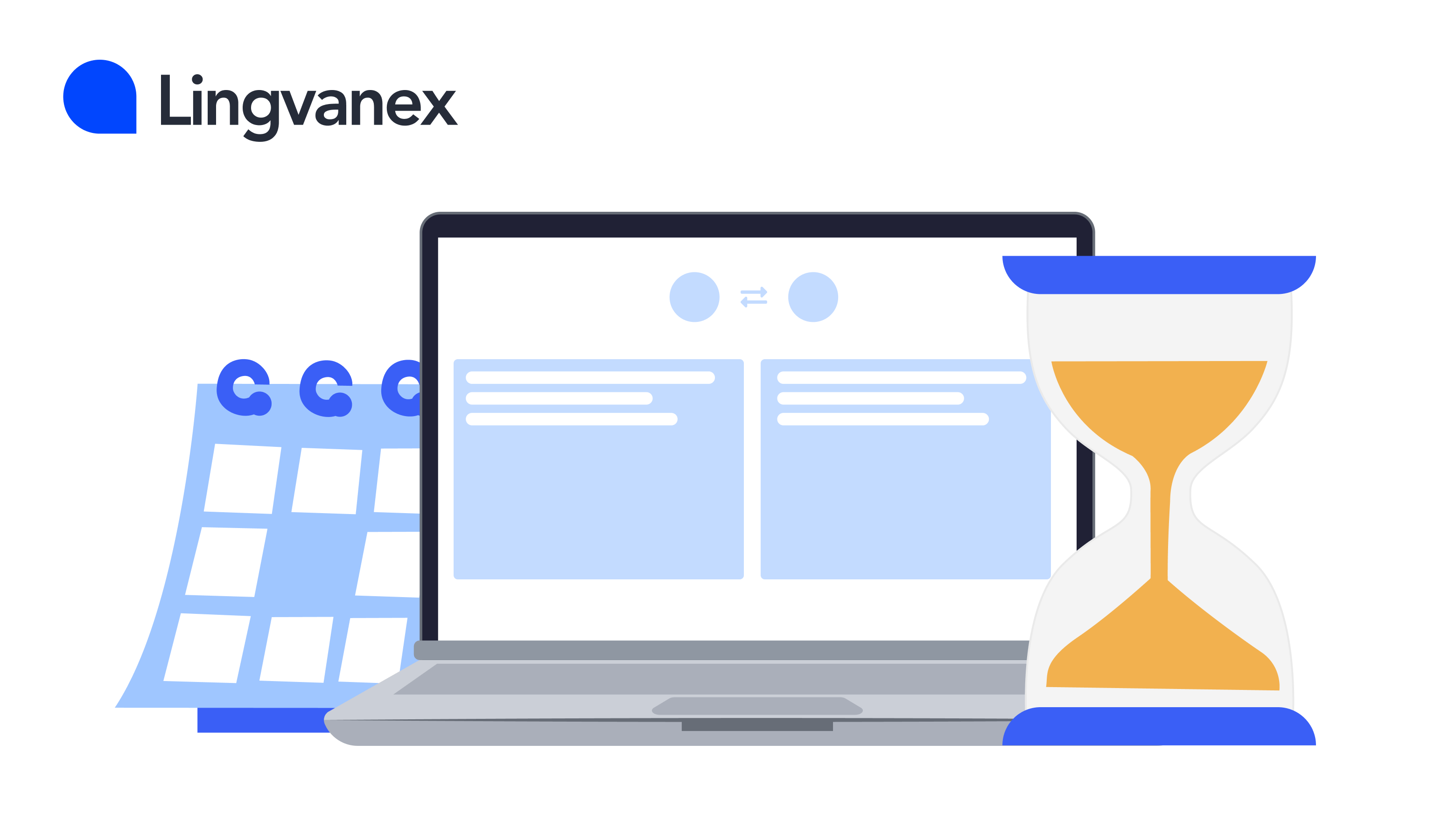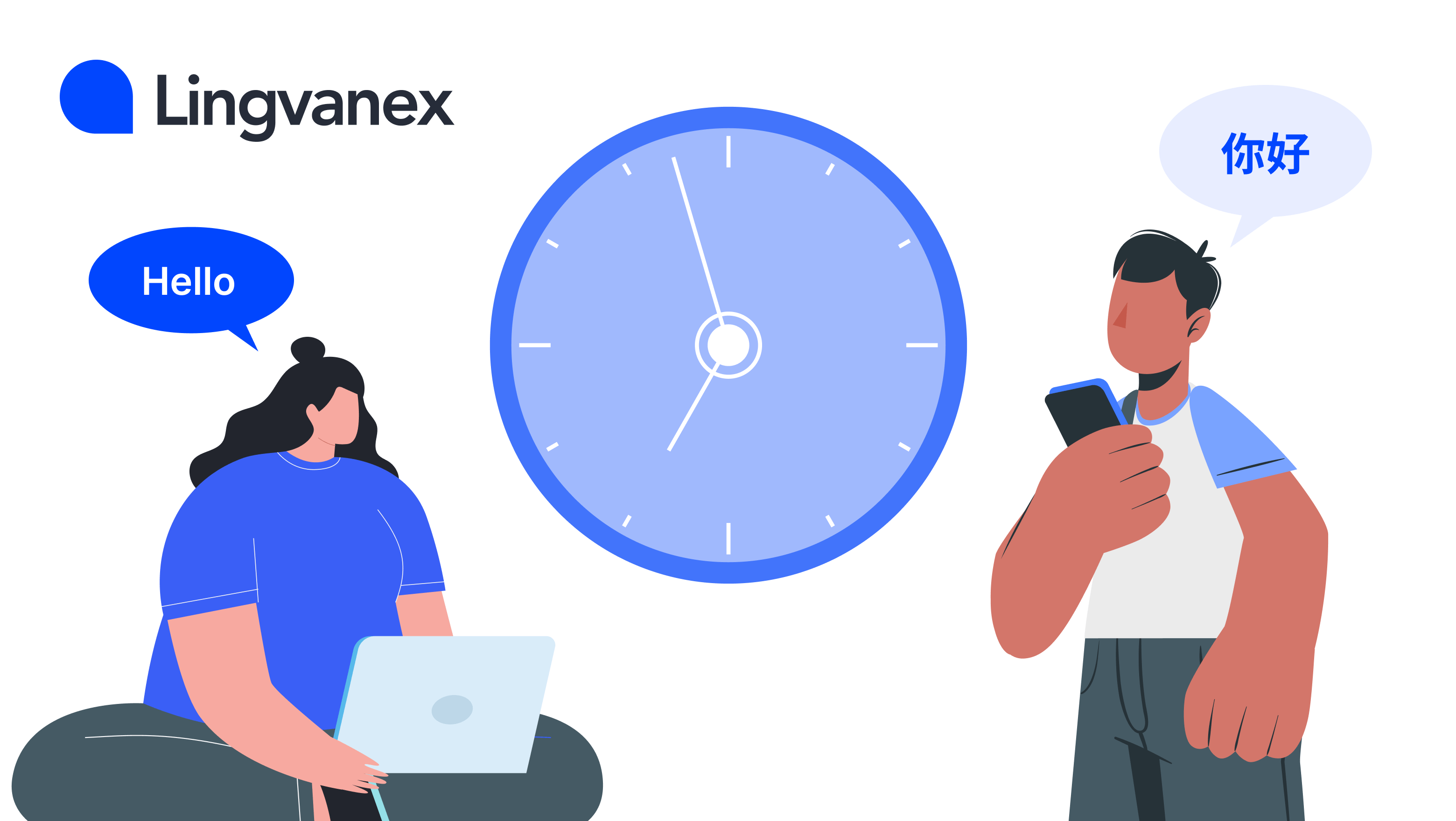Summarization is a crucial skill and technique applied across various fields, from education to business and research. Understanding what summarization is and how it works can greatly enhance one's ability to process information, communicate effectively, and make informed decisions. In this article, we will explore the definition of summarization, its various forms, techniques for creating effective summaries, and the significance of summarization in today’s information-driven world.

Understanding Summarization
Summarization refers to the process of distilling the essential ideas, themes, or messages from a larger body of text, speech, or any other form of information. The main purpose of summarization is to present information in a more concise format, allowing readers or listeners to grasp the key points without wading through extraneous details.
Types of Summarization
Summarization is broadly classified into two primary categories: extractive and abstractive. Each type employs distinct methodologies to condense information, and understanding the differences is crucial for effective summarization.
Extractive Summarization
Extractive summarization involves selecting and pulling out significant sentences or phrases directly from the text. This method emphasizes identifying the most critical points while retaining the author's original wording. The extracts must be logically coherent and arranged in a meaningful sequence.
The key advantage of extractive summarization is that it preserves the integrity of the original text, as it relies on the author's language. This approach is particularly useful when summarizing formal texts, such as academic papers, where precision and accuracy are paramount. However, the challenge lies in effectively discerning which parts of the text are truly essential, requiring a high level of comprehension and analytical skills.
Abstractive Summarization
Abstractive summarization involves rephrasing and reformulating the main ideas in a new language. This method requires a deeper understanding of the content, allowing for more creative expression. Instead of extracting verbatim phrases from the original text, the summation is about interpreting and synthesizing the material.
Abstractive summarization is beneficial when the text is dense and complex, as it enables the summarizer to convey concepts in a more digestible format. However, it comes with risks; there's a greater chance of misrepresentation of the original ideas if the summarizer does not fully grasp the content. The challenge is to convey the essence of the text without distorting its intended meaning.
Techniques for Effective Summarization
Creating effective summaries, whether through extractive or abstractive methods, hinges on various techniques that can enhance the summarization process.
Identifying Key Concepts
A crucial step in summarization lies in identifying key concepts. Readers must recognize the main ideas being communicated in the text. This involves analyzing headings, subheadings, introductory sentences, and concluding remarks, as these often encapsulate the essence of the content. The ability to discern between primary and secondary information is vital. Focusing on overarching themes and critical arguments allows for a more accurate and representative summary.
Paraphrasing and Synthesizing
For abstractive summarization, paraphrasing is an invaluable skill. It entails restating ideas using different wording while retaining the original message's intent. This can help mitigate the risk of plagiarism while creating more fluid summaries. Synthesizing multiple points or perspectives into a cohesive summary is equally important. When dealing with diverse sources or complex materials, combining various ideas can lend a more comprehensive view that highlights relationships between concepts.
Note-Taking
Taking concise notes while reading can facilitate summarization. Jot down essential points, concepts, and any notable quotes or sections that stand out. This practice helps solidify your grasp of the material and serves as a valuable reference during the summarization process.
Utilizing Technology
In today's digital age, various tools can aid the summarization process. Text summarization software employs algorithms to analyze and condense content quickly. Many of these tools offer options for both extractive and abstractive summaries, making them versatile for different user needs. While technology can enhance the efficiency of summarization, it is essential to approach automated summaries with a critical eye. Human oversight to refine and verify the content is necessary to ensure quality and accuracy.
Benefits of Summarization
Summarization offers numerous advantages that contribute to improved understanding, efficiency, and communication in various contexts.
Enhanced Comprehension
One of the most significant benefits of summarization is its impact on comprehension. By breaking complex information into digestible parts, readers can focus on understanding the essence without getting overwhelmed by details. This is particularly beneficial in educational contexts, where students can better grasp concepts by summarizing lectures, readings, or study materials.
Time Efficiency
In both professional and academic settings, time is a precious resource. Summarization enables individuals to quickly access vital information without the need to read every detail of lengthy documents or articles. This efficiency allows professionals to make informed decisions faster, while students can prepare for exams more effectively.
Improved Retention
Research has shown that summarization can enhance retention of information. The act of summarizing requires active engagement with the material, prompting individuals to process and rephrase information in their own words. This cognitive involvement aids memory recall, making it easier to retain what has been learned.
Effective Communication
In the realm of business, concise communication is paramount. Summarization allows professionals to present ideas and reports succinctly, ensuring that stakeholders receive key information quickly. Effective summaries can support decision-making, facilitate discussions, and improve overall collaboration.
Lingvanex AI Text Summarizer Tool
Lingvanex AI Text Summarizer is a tool designed to condense longer texts into shorter summaries while maintaining the essential information and context.
- Multiple Languages. Lingvanex’s Summarization Tool is designed to be truly global, supporting over 100 languages to cater to a diverse user base. This extensive language support allows users to summarize texts in their preferred language, making it an invaluable resource for businesses and individuals operating in multilingual environments.
- Totally Secure. Our Summarization Tool uses strict data protection standards such as SOC 2 Types 1 and 2, GDPR and CPA to ensure that user data is not stored anywhere. These certifications demonstrate our commitment to safeguarding user data and maintaining privacy. We ensure that no user data is stored or retained after processing, providing peace of mind to our clients.
- Ready to Use. Our Summarization Tool solution is designed for immediate deployment, ensuring that users can start benefiting from its capabilities without delay. It integrates seamlessly not only with our suite of products but also with a wide range of third-party applications and customer tools. This flexibility allows organizations to enhance their existing workflows and processes, making it easier to summarize large volumes of text or data across various platforms. Whether you’re using it for content management systems, CRM tools, or collaborative platforms, our Summarization Tool is adaptable and user-friendly, minimizing the learning curve and maximizing efficiency.
- Updates and Support. We guarantee regular updates and technical support of our Summarization Tool to ensure the relevance and functionality of the product. Our technical support team is readily accessible and equipped to assist users with any inquiries or issues they may encounter. We provide comprehensive documentation, tutorials, and resources to help users maximize the tool’s functionality. Our proactive approach ensures that our clients can rely on us for ongoing support, enabling them to adapt to changing needs and maintain the relevance of the tool in their operations.
- Volume-independent Pricing. We offer customized plans and solutions for organizations, according to their needs and requests. We work closely with our clients to develop solutions that fit their budget and usage patterns, providing flexibility and value. Whether you are a small startup or a large enterprise, we can create a plan that aligns with your goals and resources, ensuring that you receive the best return on your investment while enjoying the full benefits of our Summarization Tool.
Conclusion
Summarization is an essential skill that transcends multiple domains. The ability to distill information accurately and effectively enhances comprehension, supports efficient communication, promotes analytical capabilities, and fuels informed decision-making. In an era characterized by information overload, the importance of mastering summarization cannot be overstated. By understanding and applying various summarization techniques, individuals can navigate the complexities of information more efficiently while maintaining clarity and coherence. Whether for academic, professional, or personal growth, proficiency in summarization ultimately empowers individuals to harness the power of knowledge and communication effectively.



